

Engage prospects with a scan and streamline customer engagement with FREE QR code marketing tools by Sona – no strings attached!
Create a Free QR CodeFree consultation

No commitment

Engage prospects with a scan and streamline customer engagement with FREE QR code marketing tools by Sona – no strings attached!
Create a Free QR CodeFree consultation

No commitment
Furniture painting services are evolving as more customers seek to restore, personalize, or upgrade their home décor without the expense of purchasing new pieces. Despite growing demand for custom furniture painting and antique furniture restoration, many businesses in this space still rely on dated marketing methods such as brochures, flyers, and static shopfronts that rarely translate interest into leads or conversions. Even highly reviewed services can struggle to connect offline interactions with digital-first customer journeys.
A persistent frustration in the industry is that high-value prospects often browse physical galleries or view portfolios but do not take the next step, leaving their interest untracked and valuable opportunities missed. QR codes in marketing offer a seamless bridge between in-person touchpoints and online action. They enable furniture painting businesses to turn every physical asset, such as a project gallery, showroom signage, customer appointment card, or product tag, into a digital gateway for pricing, portfolio access, review collection, and streamlined quoting.
By embracing QR technology, furniture painting service providers can create frictionless experiences, capture client intent at pivotal offline moments, and leverage robust analytics, all without requiring clients to download an app or complete cumbersome paper forms. The following sections explore how integrating QR codes into your marketing mitigates the risk of lost opportunities, accelerates revenue growth, and drives higher conversion rates through data-driven, actionable insights. Explore the platform’s product overview for a deeper look at analytics and integrations.
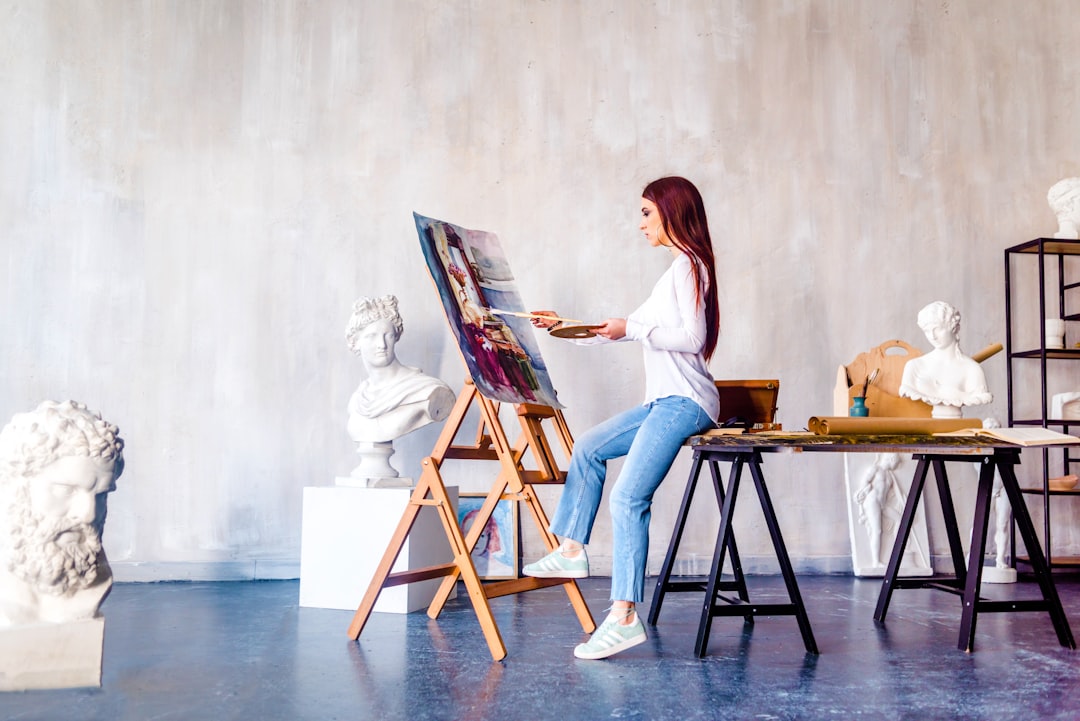
QR codes bridge the gap between physical touchpoints and digital outcomes, making it easier to achieve real business goals like quote requests, online bookings, project inquiries, and customer review acquisition for furniture painting services. The right QR program turns casual interest into traceable actions, so you can attribute results to specific placements and scale what works. Browse Sona QR’s use case library for campaign ideas to start fast.
Furniture painting professionals often find that high-value leads go untracked when prospects visit a showroom but leave before completing a form, or collect a brochure without a clear path to follow up. This loss of traceable intent can make growth unpredictable and waste costly physical marketing materials. Replacing analog processes such as printed estimate sheets, paper sign-up lists, and manual appointment cards with QR-driven flows reduces friction and improves your ability to measure conversion.
Here is how to do it effectively:
Traditional workflows like generic handouts and appointment cards often leave businesses guessing about follow-up outcomes and missing signals of high purchase intent. By making it effortless for prospects to reveal their interest and for staff to know exactly who engaged, QR-powered flows transform missed connections into actionable leads and richer data.
A unified platform such as Sona QR enables code creation, branded design, tracking, audience segmentation, and CRM integration. This provides the granularity needed to capture valuable data that supports follow-up at every stage, ultimately reducing reliance on fragmented manual processes and ensuring missed opportunities become rare exceptions.
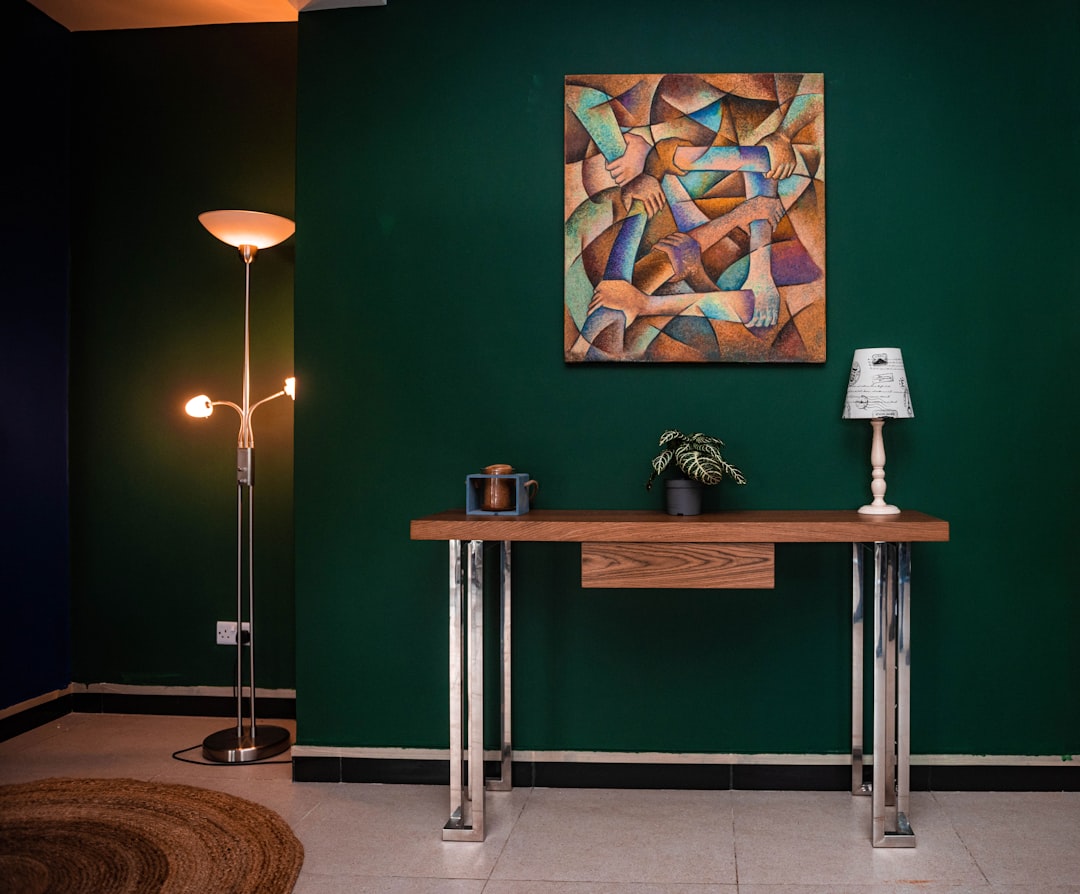
QR codes solve a wide range of challenges unique to furniture painting services. Appointment cards, showroom displays, printed service menus, and home visit leave-behinds are common in this industry, yet without a digital bridge their conversion impact is limited and hard to track. High-value prospects can admire a lacquered sideboard, pocket a brochure, and vanish from your pipeline without leaving a signal. In the furniture trade, QR codes help connect these offline moments to measurable online actions.
By embedding QR codes into real-world assets, every interaction becomes measurable and actionable. A scan can instantly open a stain-matching guide, launch a quote calculator, or trigger a callback request, closing the offline to online gap. This creates speed and clarity for the customer while giving your team the insights needed to optimize spend and effort.
By turning analog interactions into digital signals, QR codes ensure potential leads are surfaced and prioritized for timely, relevant follow-up. You gain a record of who engaged, where they scanned, and what they wanted, which translates into faster quotes and more booked projects.
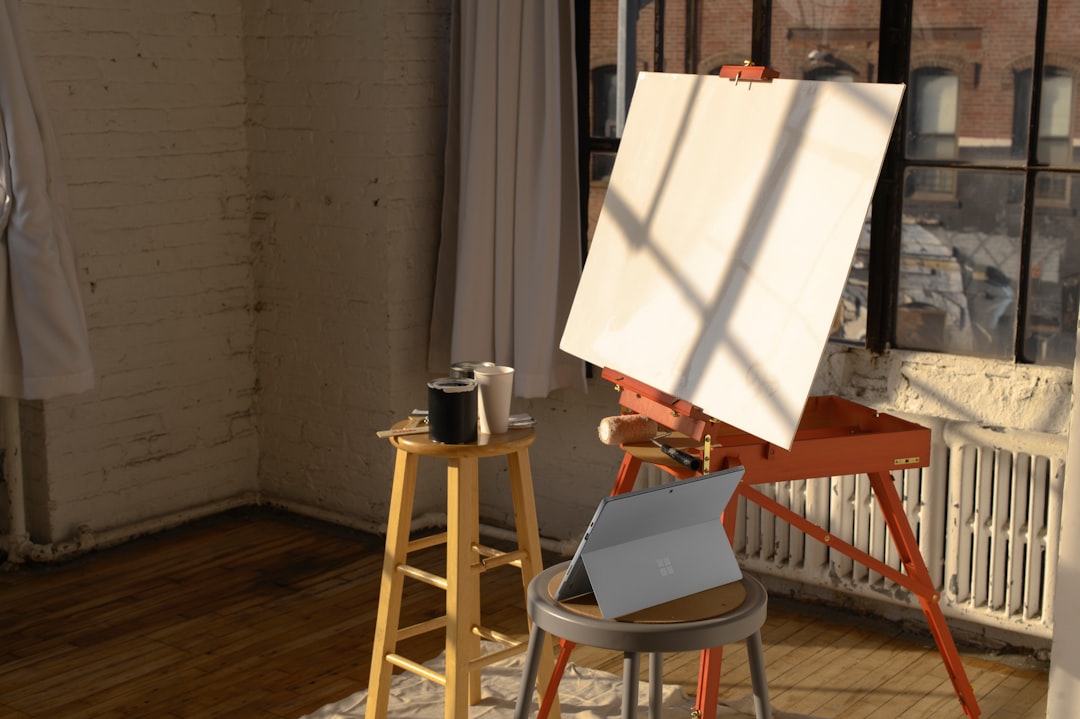
Choosing the right QR format reduces friction and increases completion rates. For furniture painting and restoration, the most effective formats depend on the action you want customers to take and the context in which the scan occurs. Use formats that guide scanners to the next step without confusion or extra clicks.
In this vertical, the most useful options tend to be web links that route to galleries or quote forms, review funnels that simplify feedback at delivery, and prefilled SMS or email requests that capture tentative interest with little effort. vCards can be effective when owners or designers meet clients at pop-ups or in-home consultations, since saving contact information instantly reduces follow-up delays.
With Sona QR, you can generate, brand, and manage all of these formats in one place. Dynamic controls let you change destinations post-print, apply UTM parameters automatically, and consolidate analytics across campaigns and locations.
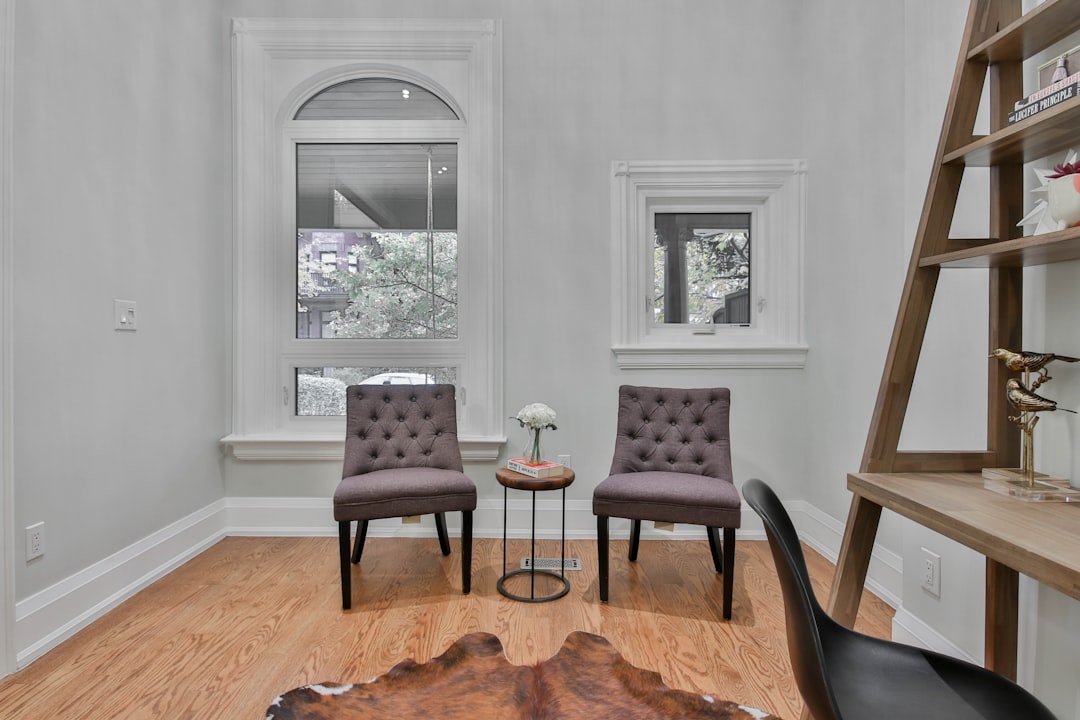
QR codes work best where your real-world audience already interacts with your brand. In furniture painting services, growth bottlenecks often occur around physical encounters that generate interest but lack a path to act. By aligning QR placements with these moments, you convert curiosity into measurable demand.
Consider where clients experience your craftsmanship and decision points in their journey. From showrooms to pop-up events, from delivery day to post-care, each touchpoint can either fade into anonymity or produce a qualified lead. QR codes tip the balance toward action and attribution.
By tailoring QR placement to capture each inflection point, businesses ensure high-fit prospects are no longer lost. You gather data right where interest arises, then follow up with relevant content and offers.
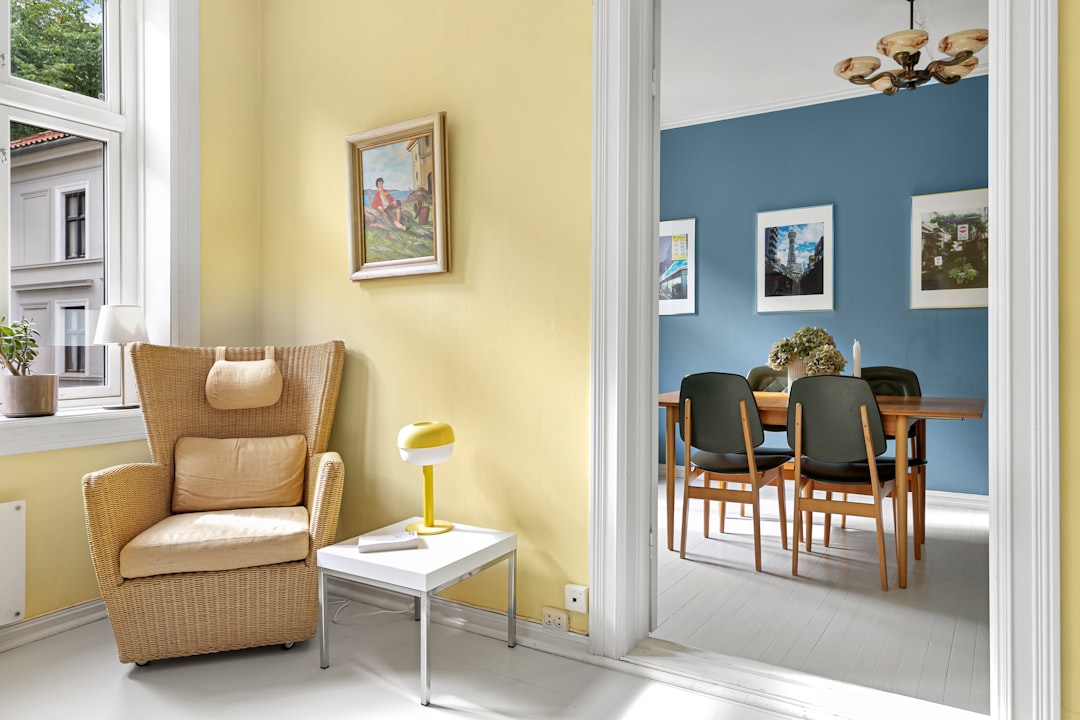
QR codes replace manual, error-prone processes with trackable workflows. They help you capture signals at critical points in the customer journey, keeping momentum from first contact through to review. Focus on use cases that directly support your most common interactions and revenue goals.
In a visual craft like furniture painting, showing beats telling. Use QR codes to put your best transformations, materials knowledge, and customer stories in a buyer’s hand at the moment they are most receptive. The following use cases are practical, measurable, and easy to implement.
Each of these use cases maps to a moment in the customer journey and solves a common pain point: losing track of interest after a physical interaction. With the right landing experiences and follow-up automation, these scans become reliable sources of conversion.
Each QR scan is a signal. It carries intent, context, and timing that can be used to segment audiences for email, SMS, and paid media. Deploy multiple codes across placements to create natural, behavior-based lists that improve retargeting accuracy and reduce ad waste.
Furniture painting audiences vary widely, from DIY hobbyists seeking advice to owners of heirloom pieces seeking museum-grade restoration. Distinguish between them with scan paths. A scan on a lacquer demo board is different from a scan on a high-ticket restoration gallery, and your follow-ups should reflect that. To prioritize the best prospects, explore Sona’s take on intent data.
With Sona QR, each code becomes a smart entry point into your funnel. You capture offline engagement, then orchestrate personalized follow-ups that match the scanner’s intent and context.
QR codes function as connective tissue across your channels. They turn static assets into interactive ones, shorten the path from curiosity to action, and give you the reporting needed to optimize across touchpoints. For furniture painting services, this means uniting print, in-person, and digital campaigns into a single, measurable system.
Treat QR codes as both a conversion tool and a data source. Every scan is a micro-conversion that can lead to a quote, consultation, or review. By placing codes where attention is earned, you enable responsive marketing that adapts to what customers actually do. For broader tactics, see this QR marketing guide.
QR codes are the offline onramp to your digital marketing engine. With a centralized platform like Sona QR, you can manage all codes, monitor performance, and sync scan data to your CRM and ad platforms for a cohesive view of pipeline influence.
A well-structured QR campaign follows a simple pattern: pick a high-impact use case, design a scan experience that matches the environment, deploy across your most visible surfaces, and measure results that matter. The goal is not to scatter codes everywhere but to place the right code in the right context with the right call to action.
As you work through these steps, capture details such as placement photos, exact CTAs, and destination links with UTM parameters. Consistency and documentation make it easier to iterate quickly and understand why some assets outperform others.
Define your campaign goal clearly, such as booking design consultations, collecting quote requests with photos, or gathering delivery-day reviews. Align the QR code’s purpose with a measurable business outcome like increasing qualified estimate submissions or reducing time-to-quote.
Customize your goal to match the moment. For a bridal expo or home show, target event RSVPs and next-day design consultations. For doorstep deliveries, prioritize review capture and care guide access to build reputation and reduce support calls.
Match the QR format to the intended action. Use static QR codes for fixed destinations such as a care guide PDF or warranty registration. Use dynamic QR codes for trackable, editable links tied to campaigns, so you can update destinations and measure performance over time.
Choose dynamic codes when you care about data, retargeting, or future flexibility. Dynamic links allow identity resolution, UTM tagging, A/B testing, and post-print updates, which are essential for ongoing showroom, event, and direct mail optimization. For methodology, see Sona’s take on multi-touch attribution.
Design for trust and clarity. Add your logo, use brand colors with adequate contrast, and frame the code with a benefit-driven CTA like Scan to get your instant quote. Ensure a quiet zone around the code and maintain a minimum physical size suited to viewing distance.
Test scannability on multiple devices, lighting conditions, and angles. Place mockups in the actual environment to confirm that glare, texture, or curvature does not interfere. Include a short vanity URL below the code as a fallback for users who cannot or prefer not to scan.
Select placements based on your growth plan. In the furniture painting context, prioritize showroom pieces, finish boards, invoices, direct mailers, neighborhood posters, and event signage. Make sure each placement’s CTA matches the customer mindset at that moment.
Standardize deployment checklists. For example, every refinished piece leaving the shop should include a care card with a review and referral QR, and every swatch board in the showroom should include Scan to see this finish on real projects with a link to the matching gallery.
Use tools like Sona QR to track scans by time, location, device, and campaign source. Monitor the full journey from scan to form completion, call request, or booking. Watch for drop-offs by device type or time of day and troubleshoot underperforming placements.
A/B test CTAs, landing page layouts, and incentive structures. Try Scan to reserve a consultation versus Scan to get your custom finish plan, or test adding a limited-time offer. Use insights to refine creative, adjust placements, and focus budget on high-performing channels.
For furniture painting services, it is crucial to connect scan events directly to tangible business results such as quote requests, booked projects, deposits collected, and customer reviews. Vanity metrics like raw scan counts are useful directional signals, but they do not prove impact. You need to see which placements and messages produce profitable actions.
Robust analytics eliminate guesswork. By attributing outcomes to the specific code that initiated them, you can prioritize high-yield assets and retire unproductive ones. Over time, this improves your cost per lead, your close rates, and the throughput of your pipeline.
Leveraging comprehensive analytics improves targeting for future campaigns and ensures no promising account slips through unnoticed. Sona QR captures real-world engagement, while Sona.com links that engagement to pipeline and revenue so QR codes become a core part of your performance strategy.
Scaling QR success involves doing more of what works and cutting what does not. The most effective programs standardize on unique codes per asset, build automation into follow-ups, and regularly fine-tune creative based on journey data. They also educate staff to prompt scanning and explain the value clearly to customers.
Creative placements can unlock new segments without additional ad spend. For instance, QR codes on eco-friendly paint sample displays can attract sustainability-minded buyers, while codes on restoration tags can pull in antique enthusiasts who value preservation and provenance.
Centralizing QR campaigns through a modern platform lays the groundwork for scalable experimentation and sustainable growth. As patterns emerge in your analytics, you will know exactly where to iterate next.
QR codes have evolved into strategic assets for furniture painting services, addressing core pain points like missed prospect tracking, unconverted showroom interest, and the difficulty of measuring print and in-person impact. By turning every surface into a digital entry point, you shorten the path from curiosity to quote and build a data layer under every interaction.
They deliver:
Furniture painting services that embrace QR technology gain a clear advantage in converting offline curiosity into loyal clientele. Modern QR workflows mitigate the risk of missed high-value prospects, surface intent signals that were once invisible, and replace guesswork with attribution. With Sona QR, you can generate and track your first codes in minutes, manage campaigns centrally, and sync scan data to Sona.com for end-to-end attribution. Start creating QR codes for free.
QR codes have transformed furniture painting services from simple job orders into dynamic, measurable growth opportunities. Whether it’s attracting new clients, enhancing customer engagement through instant access to portfolios and tutorials, or streamlining booking and payment processes, QR codes replace guesswork with real-time data that turns every painted piece into a powerful conversion tool. Imagine knowing exactly which marketing materials and showroom displays are driving bookings—and being able to optimize your campaigns instantly.
With Sona QR, you can create dynamic, trackable QR codes in seconds, update campaigns without the need for costly reprints, and connect every scan directly to revenue and customer behavior insights. No more missed leads or wasted materials—just smarter, more profitable growth for your furniture painting business. Start for free with Sona QR today and transform every scan into a loyal customer and lasting impression.
Furniture painting services help restore, personalize, or upgrade home décor affordably, attracting customers who want custom finishes or antique restoration without buying new pieces.
QR codes connect offline touchpoints like brochures and showroom displays to online actions such as quote requests and bookings, making customer interest trackable and increasing conversion rates.
Web links, vCards, SMS or email prefilled requests, review funnels, and dynamic QR codes are effective formats for directing customers to portfolios, contact info, quote forms, reviews, and updated promotions.
Ideal placements include showroom displays, project delivery labels, appointment cards, direct mail, flyers, and community event signage to capture interest at key customer interaction points.
Using platforms like Sona QR, businesses track scan details by location and device, attribute quote requests and bookings to specific codes, and integrate data with CRMs for real-time follow-up and optimization.
Professional services provide expertise in refinishing, custom painting, and antique restoration while leveraging tools like QR codes to offer personalized quotes, streamline appointments, and ensure quality results.
They create distinct QR codes for different funnel stages and tag scanners by behavior and location, enabling segmented email, SMS, and retargeting campaigns that improve conversion and reduce ad waste.
They should choose a clear use case, select the right QR code type, design and test for clarity, deploy codes strategically across channels, and track results to optimize performance.
QR codes turn passive offline interest into measurable digital signals by enabling easy access to quotes, portfolios, and reviews, preventing prospects from disappearing after physical interactions.
Dynamic QR codes allow updating linked content without reprinting materials, provide scan analytics, and support A/B testing and retargeting, keeping campaigns fresh and data-driven.
Use Sona QR's trackable codes to improve customer acquisition and engagement today.
Create Your FREE Trackable QR Code in SecondsJoin results-focused teams combining Sona Platform automation with advanced Google Ads strategies to scale lead generation

Connect your existing CRM

Free Account Enrichment

No setup fees
No commitment required

Free consultation

Get a custom Google Ads roadmap for your business






Launch campaigns that generate qualified leads in 30 days or less.
